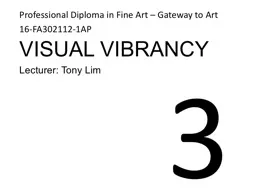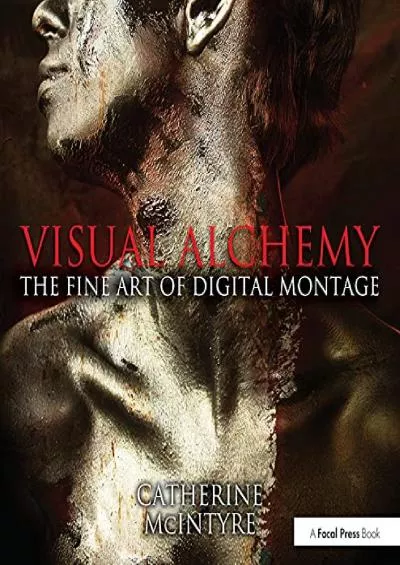PPT-Professional Diploma in Fine Art
Author : luanne-stotts | Published Date : 2017-09-23
Gateway to Art 16FA3021121AP VISUAL VIBRANCY Lecturer Tony Lim 3 Ways of seeing John Berger 1972 Ways of seeing John Berger believes understanding art is crucial
Presentation Embed Code
Download Presentation
Download Presentation The PPT/PDF document "Professional Diploma in Fine Art" is the property of its rightful owner. Permission is granted to download and print the materials on this website for personal, non-commercial use only, and to display it on your personal computer provided you do not modify the materials and that you retain all copyright notices contained in the materials. By downloading content from our website, you accept the terms of this agreement.
Professional Diploma in Fine Art: Transcript
Download Rules Of Document
"Professional Diploma in Fine Art"The content belongs to its owner. You may download and print it for personal use, without modification, and keep all copyright notices. By downloading, you agree to these terms.
Related Documents













